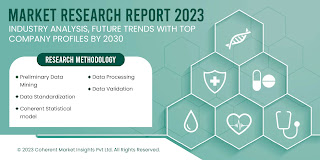Nanorobotics: Unlocking New Possibilities in Targeted Drug Delivery

The nanorobotics industry involves engineering devices at the scale of nanometers to micrometers in order to perform tasks such as assembly and manipulation at molecular levels. Nanorobotic technologies have potential applications across various domains including biomedical sciences, agriculture, environmental remediation, material synthesis, and more. By enabling miniaturization, nanorobotic tools are able to precisely target and interact with cells and molecules within the human body, providing new methods for disease diagnosis and treatment. The global nanorobotics market is estimated to be valued at USD 989.7 million in 2024 and is expected to exhibit a CAGR of 4.5% over the forecast period from 2023 to 2030. Key applications of nanorobots include targeted drug delivery, biological sensors, tissue engineering, molecular surgery, and biomedical research. For instance, nanorobots injected intravenously could be programmed to travel through blood vessels and locate microscopic tumors





